First of all, we must distinguish between what is a smell and what is an aroma when it comes to wine. Aroma refers to all the pleasant and positive impressions during the course of a wine tasting. Smell, on the other hand, is when these impressions are negative. For example, peach or leather are aromas, but vinegar or cork are odours.
The aromas of wine come from the earth, which has aromatic compounds, from the air, which contains plant essences, and from water. In addition, they are due to their chemical composition, but the one responsible for a particular aroma is not a single chemical compound, but can be the result of the combination of several compounds.
Wine develops certain aromatic substances during the winemaking process, from the vineyard to the ageing process. Depending on the stage it is in, they are classified in three ways:
Primary aromas
They are given by the grape, the area, the soil composition and the climate. They are obtained via the nose, and increase if we shake the glass. Young wines give us mainly floral and fruity touches on the nose, but also minerals and spices. In our Tempranillo it is typical to find aromas of blackberries, blueberries, black plums, raspberries, redcurrants and other red berries.
Secondary aromas
They appear with the alcoholic and malolactic fermentation. They will depend on the type of yeast and the conditions of the fermentation itself. They are obtained via retronasal, i.e. when they come into contact with the tongue and the wine is swirled in the mouth. They can be lactic aromas, such as fresh cheese and yoghurt, or those of the yeast itself, such as biscuit or breadcrumbs.
Tertiary aromas
Also known as “bouquet”, they are those acquired during barrel ageing and subsequent bottle ageing. Here we find a great complexity of aromas, which are the ones that give the wine its special value. They are aromas of confectionery (honey, coconut…), floral and vegetal (red fruits, figs, truffle, camomile…) and woody (eucalyptus, liquorice, wood, cinnamon, tobacco…).
We encourage you to enjoy a glass of wine focusing on the olfactory phase, it is an adventure!
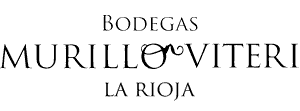
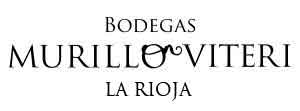


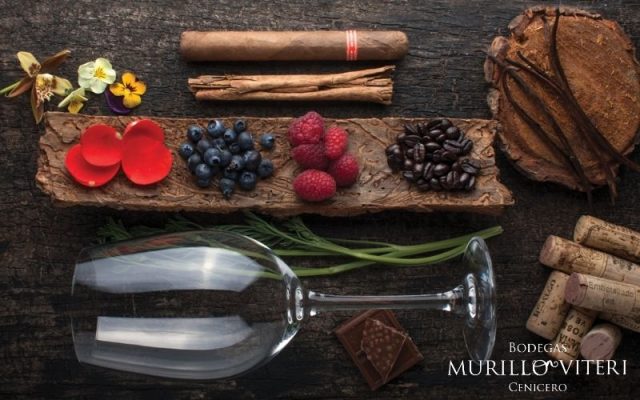
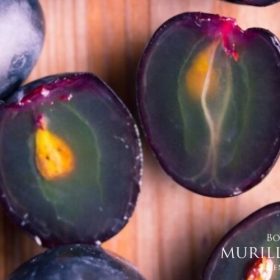
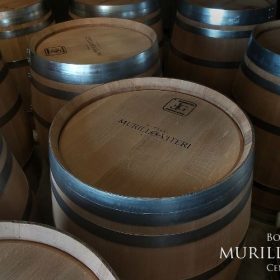
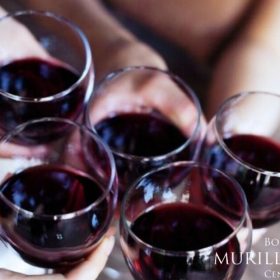

 Deutsch
Deutsch Français
Français Italiano
Italiano Nederlandse
Nederlandse